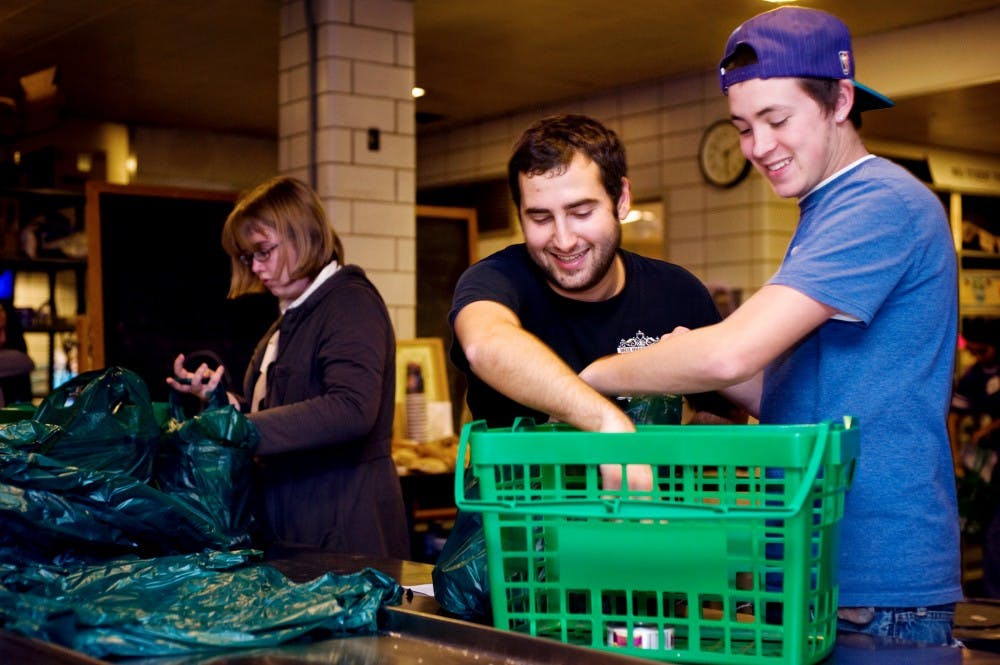More than one in five college students qualifies as hungry, according to the new “Hunger on Campus” report.
The report was a joint effort by the College and University Food Bank Alliance, National Student Campaign Against Hunger and Homelessness, Student Government Resource Center and Student Public Interest Research Groups.
Nearly 4,000 students at 34 colleges and universities across the country, including MSU, were surveyed.
Of those students, 48 percent reported experiencing food insecurity in the past month, and 22 percent reported having very low food security, which qualifies them as hungry, according to the study.
According to the report, a person with “very low food security” has experienced significant decreases in the quantity, quality and variety of their food, and likely experiences disruptions in eating patterns because of inadequate access to food.
Food insecurity is such a problem on college campuses that 55 percent of survey respondents reported that issues with food or housing prevented them from buying a required textbook for a course.
MSU has taken steps to address food insecurity on campus already.
The MSU Student Food Bank, housed in Olin Health Center, was the first campus-based food bank in the country, MSU Student Food Bank Director Nicole Edmonds said. It opened its doors in 1993.
The food bank is pretty popular, serving approximately 4,000 students per year, Edmonds said.
“We serve a fair amount of international students, especially international graduate students, who are on pretty fixed incomes because of their assistantship and visa restrictions,” College and University Food Bank Alliance co-founder Nate Smith-Tyge said.
Setting up a campus food bank is good as a quick fix, Smith-Tyge said.
“The most immediate thing to do is to set up a food pantry or a food program like we have at MSU,” he said.
The MSU Student Food Bank can’t take on the problem alone, though.
“Awareness is growing and growing every year,” Edmonds said. “We’ve already gotten bigger than this space.”
The Food Bank’s capacity isn’t the only problem. The “Hunger on Campus” report shows students are still going hungry.
“I think that we can address the reasons why our students are food insecure,” Edmonds said.
In the long term, policy changes need to be implemented, Smith-Tyge said.
“Not only to address food insecurity in general but then also addressing access and affordability issues,” Smith-Tyge said. “If we can find a way to keep tuition more in check, we can find a way to not have to have food programs because people will have enough income to be able to afford food.”
For now, the report suggests, students around the country will remain hungry.







